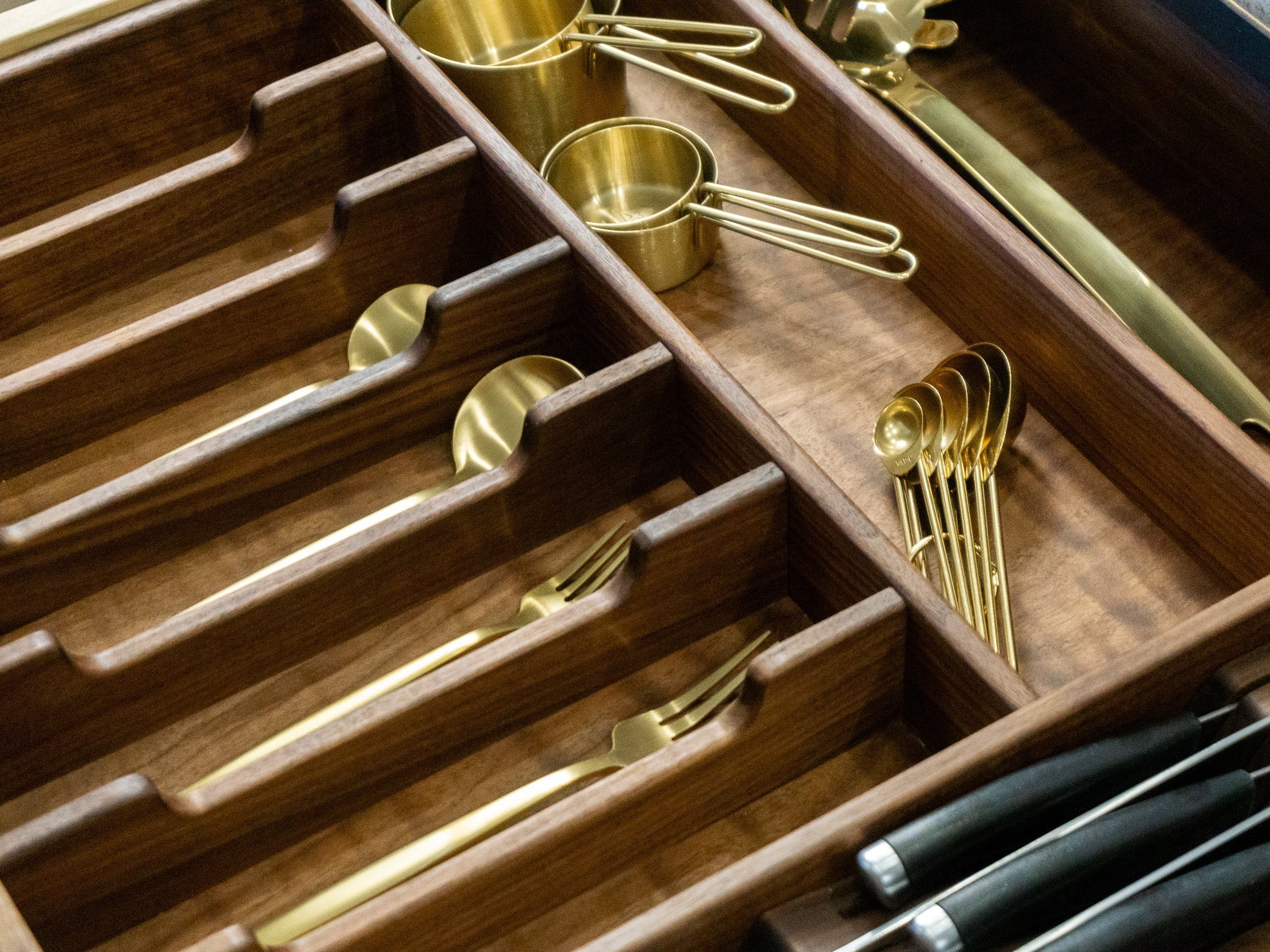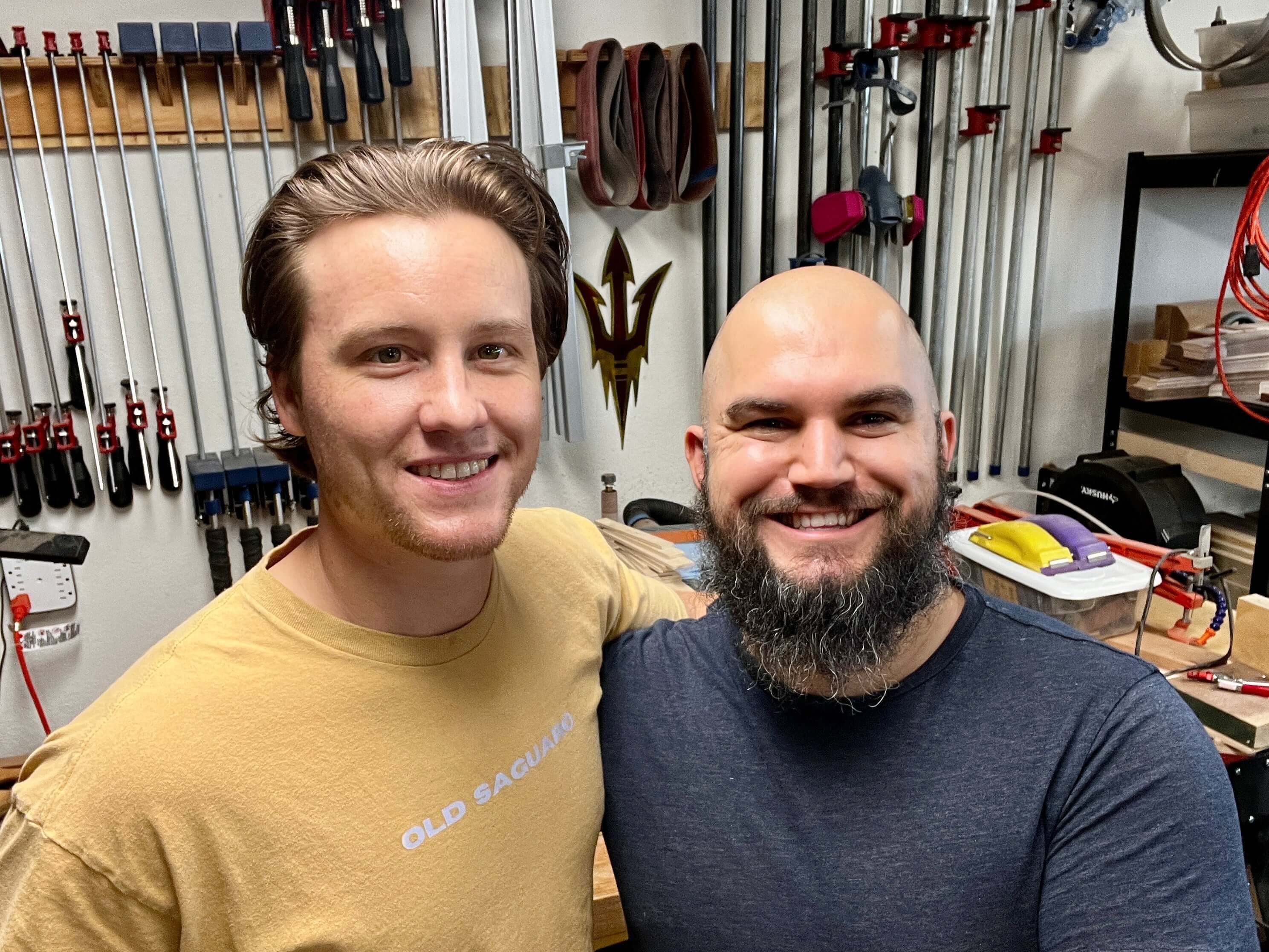Investing in hardwood furniture means bringing durable, unique, and thoughtfully made pieces into your home. Properly caring for these items not only preserves their beauty but ensures they serve your family reliably for many years. At Old Saguaro Woodcraft, we've put together a thorough guide to help you maintain your furniture with confidence.
Understanding Hardwood
Hardwood is a natural material that responds to its environment. It expands and contracts with temperature and humidity changes, and exposure to direct sunlight can alter its appearance over time. By understanding these natural tendencies, you can better care for your furniture and maintain its beauty.
Dealing with Wood Movement
Wood naturally adjusts with seasonal changes, leading to slight movements. To minimize this, try to maintain consistent indoor humidity levels (around 40-60%) year-round. Using a humidifier or dehumidifier can help prevent noticeable movement, preserving the integrity and appearance of your furniture.
Caring for Your Furniture's Finish
We use hand-rubbed hard wax oil finishes, selected for their durability and natural appearance. To keep this finish looking fresh, follow these simple steps:
-
Dust Regularly: Use a soft, dry microfiber cloth for gentle, effective dusting without scratching.
-
Clean Gently: Avoid harsh cleaners. Instead, use mild soap and a damp cloth, wiping surfaces gently and drying immediately to avoid moisture penetration.
-
Condition Periodically: Over time, the finish might need refreshing. Reapplying a coat of hard wax oil every year or two, especially on frequently used surfaces, maintains protection and beauty.
Protecting Your Hardwood Furniture
Simple daily habits can greatly extend your furniture's lifespan:
-
Use Coasters and Mats: Protect surfaces from moisture and heat damage by consistently using coasters and placemats.
-
Avoid Direct Sunlight: Position your furniture away from direct sunlight or use curtains to minimize fading or discoloration.
Handling Spills and Stains
Quick action prevents lasting damage:
-
Immediately Blot Spills: Gently blot spills with a soft, dry cloth; avoid rubbing.
-
Treat Stains Carefully: Use mild soap diluted in water on a soft cloth. For persistent stains, consider professional assistance instead of harsh chemical cleaners.
Seasonal Maintenance
Managing your home's indoor humidity can significantly preserve your hardwood furniture:
-
Humidity Control: Consider a humidifier during dry seasons to prevent cracking, and maintain stable humidity levels during humid seasons to prevent swelling.
-
Regular Inspections: Periodically check your furniture for early signs of wear or changes in wood structure, allowing proactive care.
By following these care tips, your hardwood furniture can stay beautiful and functional for many years, enriching your home with warmth and timeless elegance. Remember, good maintenance isn't just about appearance—it’s about enjoying quality pieces that become part of your home’s story.
Looking for ways to maintain your wooden kitchen utensils? Check out our guide to ensure your kitchenware lasts for years to come: Caring for Your Wooden Utensils: Maintenance Tips for Longevity.






Share:
Kitchenware Maintenance 101: Oils, Polishes, and More
Measuring Your Kitchen Drawers: A Step-by-Step Guide for Accurate Results